What's the difference between laminate flooring and laminate flooring?
Decorative finishing wood flooring materials are increasingly being chosen by more and more people not only because of their luxurious finishing beauty but also for their comfortable use.
Laminate flooring and laminate flooring are currently popular flooring materials. So what's the difference between natural wood flooring and laminate flooring?
Classification of natural wood floors
Natural wood flooring is a type of wood floor that is exploited directly from trees to get sawn timber for flooring with high aesthetic value and quality. Natural wood floors are often used in luxurious interior spaces because the cost of finishing this material is not enough for everyone to use.
Advantages of natural wood
Natural wood flooring has a high durability depending on the age of the natural wood and the beauty of the wood grain is always guaranteed over time, the longer the wood is used, the more beautiful the color will be.
The natural color of wood creates a warm feeling, easy to combine with different interior design styles. The characteristic wood grain is not outdated and depending on the type of wood, it will have a pleasant characteristic scent.
Natural wood is inherently resistant to water absorption. Through the process of industrial impregnation and drying, wood materials are minimized to mold and termites. Heavy and hard natural wood, solid wood core. As a result, the products made are sturdy, resistant to impacts, and feel safe for users.
Disadvantages of natural wood floors
Natural wood is a rare material, complicated to make, and takes a lot of time and effort. Therefore, the cost of natural wood flooring is often higher than other materials.
Warping and shrinking due to weather and environmental impacts are inevitable when using natural wood floors.
Classification of laminate flooring
Laminate flooring is a composite wood material from the main raw materials of wood pulp and functional layering additives stacked with a characteristic shape depending on the flooring brand.
Laminate flooring is currently quite diverse with both imported and locally produced products with prices to suit all user requirements.
Advantages of industrial wood
Laminate flooring has good water resistance, moisture resistance, relatively high durability, less warping, shrinking, termites. Laminate flooring has a variety of colors and wood grains with high applicability and does not need surface protection when used. Light weight laminate flooring is easy to transport and install, giving users many quality options.
Disadvantages of industrial wood
The service life of laminate flooring is usually 15-30 years, much lower than that of wood flooring products made from natural wood.
The production process also greatly affects the quality of industrial wood products, finished wood floors that do not meet the standards are easy to absorb water, warp, and termites.
Compare natural wood flooring and laminate flooring
Natural wood core
Natural wood flooring is sawn directly from natural wood, so depending on the type of natural wood, the wood grain and the hardness and warping of each type of natural wood floor are not the same.
Industrial wood core
Laminate flooring has many wood cores: MFC, HDF, MDF, Flywood, etc., giving users a variety of options.
MFC . industrial wood core
MFC wood core, also known as chipboard plywood, is made from 80%-90% of natural wood materials including branches, twigs, trunks of eucalyptus trees, acacia, rubber, ... which are put into a small crusher. , mixed with glue and some additives; using modern machinery to press and stick together. MFC wood core has thickness from 9mm, 12mm, 15mm, 18mm to 25mm with 2 main types of wood core currently created: normal white core and moisture resistant green core.
The wood core is not smooth, looking closely with the naked eye, you can also see the wood chips, the MFC wood core has a standard size of 1220mm x 2440mm.
Advantages of MFC . laminate
Has a relatively long lifespan: from 10 to 15 years, less prone to warping, peeling, deterioration in quality and aesthetics
The wood is resistant to termites, moisture, sound insulation, good insulation by additives and other solid wood reinforcement suitable for the humid tropical climate of Vietnam.
Disadvantages of MDF
MFC wood is poorly water-resistant, can open the board and warp if it is in a state of frequent water exposure
The surface of the wooden plank is smooth, not as realistic as natural wood
MDF Laminate Flooring
The MDF wood core has a thickness of 3mm, 6mm, 9mm, 12mm, 15mm, 18mm and 25mm, respectively, with 2 main types of wood core: normal wood core and moisture resistant green wood core. The type of wood core is often used in houses and offices because in addition to the application of wooden floors, it can also be used as simple interior items to shape and cut.
The standard size of MDF board is 1220mm x 2440mm
Advantages of MDF wood
MDF wood core is almost like plywood and can be surface processed and painted with decorative paint, so it has quite high applicability.
Good sound and heat insulation of MDF; Less prone to shrinkage, warping by weather.
Disadvantages of MDF
MDF board has low hardness, easy to crack when hit hard
Due to the limitation of thickness, the products need a large thickness, the manufacturer has to join many MDF boards together.
HDF . industrial wood core
HDF wood core has a thickness of 6mm - 24mm, depending on the user's requirements. Wood planks of 2 types, normal white core and moisture resistant green core, are popular at present.












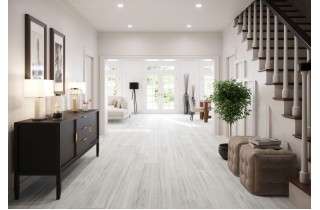
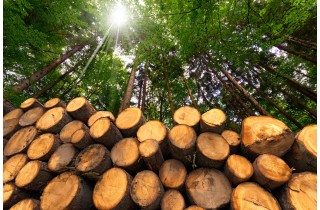
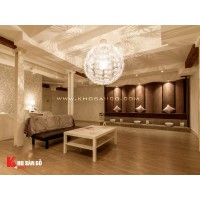
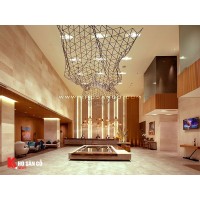
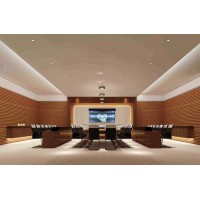
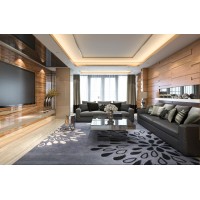
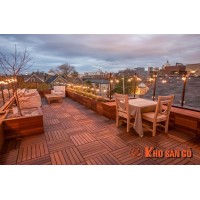
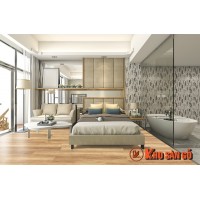
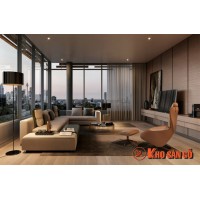
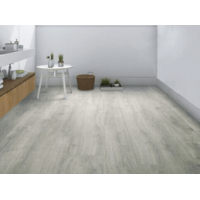
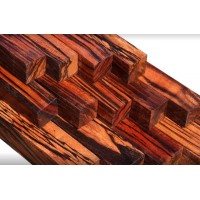
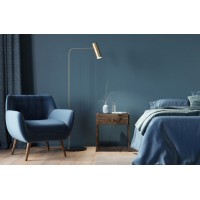
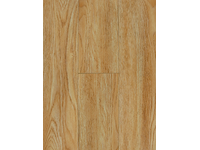
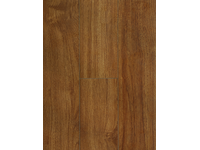
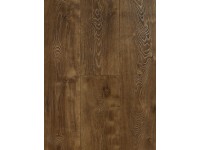
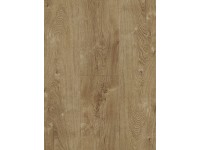
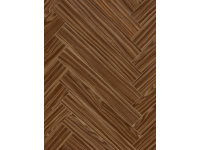
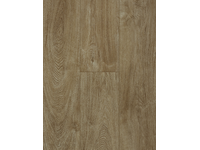
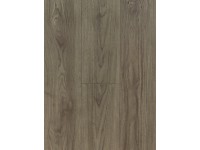
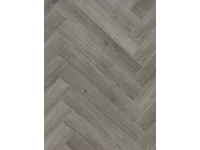
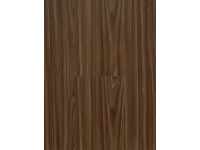
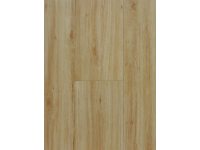
.png)



comment(s)